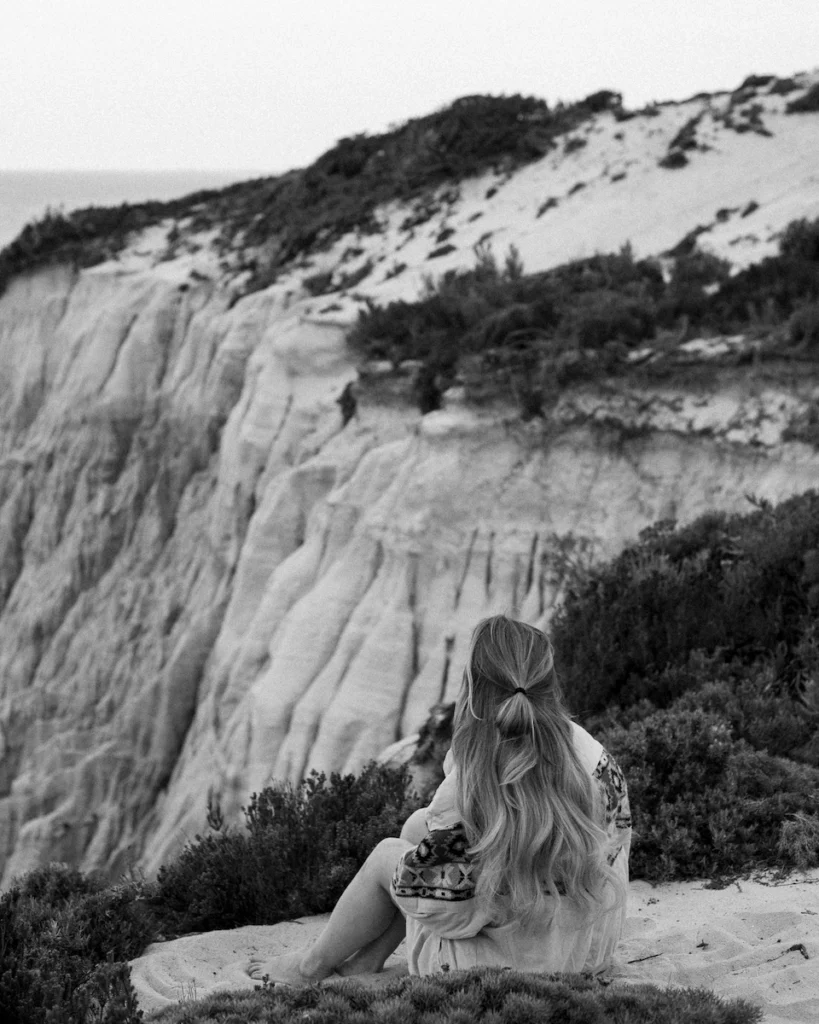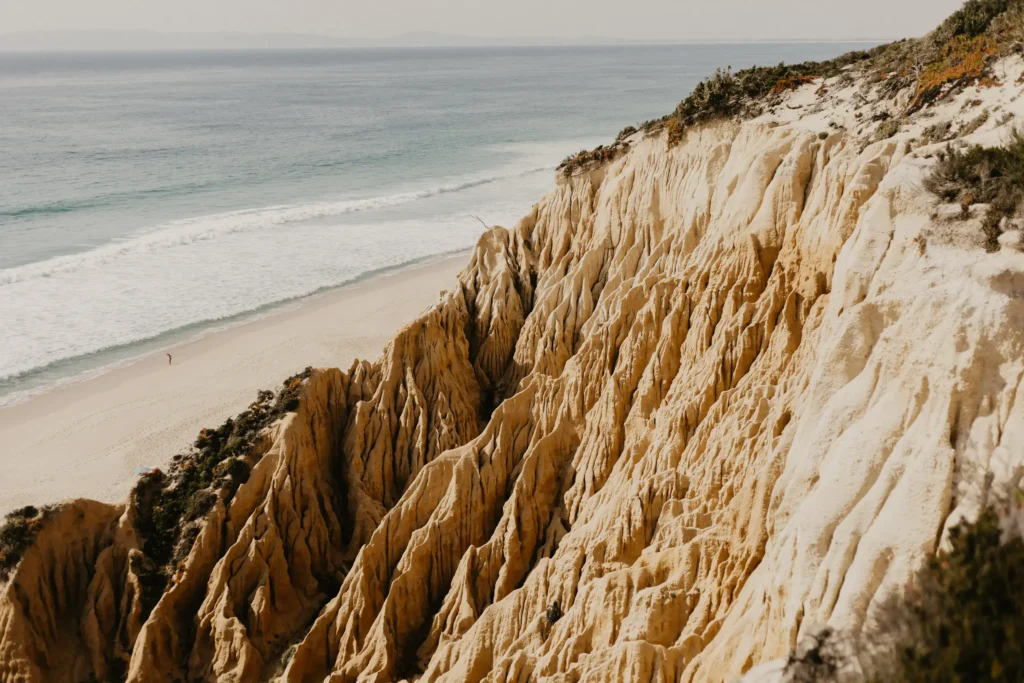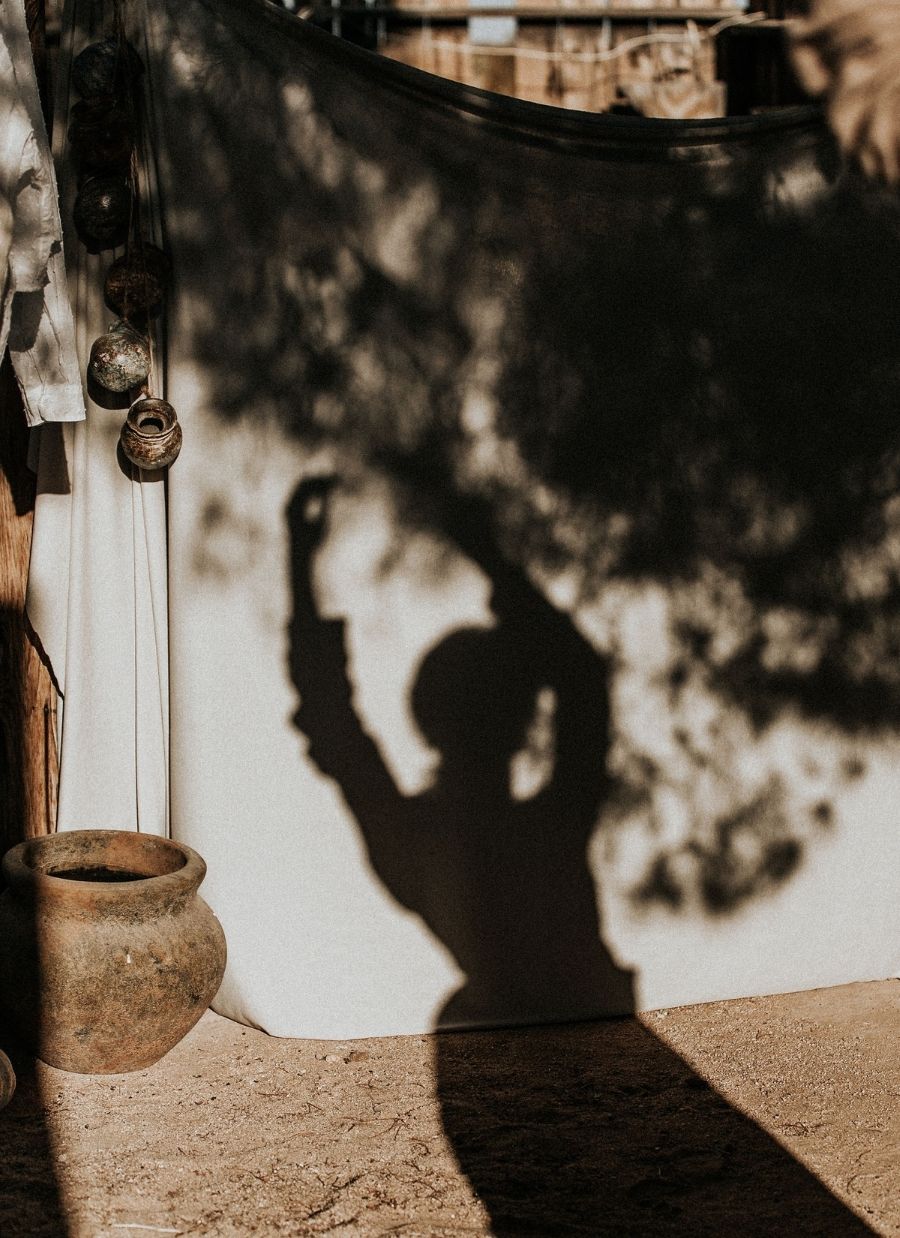In a quiet corner of southern Portugal, Alentejo offers more than stillness. It offers presence. The silence here isn’t empty. It’s sacred, woven into wide skies and terracotta soil.
We drive down winding dirt lanes, golden fields, and cork oaks framing every turn. These paths don’t chase sights, they uncover moments: a donkey pausing under a fig tree, a farmer waving from the shade of his tractor, the landscape so vast it quiets the mind. Time here isn’t something to chase. It seeps into the land like olive oil into warm bread. People move slowly, not out of necessity, but because nothing better exists than this moment.
The Art of Doing Little
Alentejo’s beauty is raw, gentle, and unfiltered. The wind is warm, the sky endlessly steady. I stay in a tipi near the edge of an orange grove. No Wi‑Fi, no bars, no schedule. Mornings unfold with breakfast beneath olive branches. Afternoons drift into naps that feel like dreams. Evenings burn with sunset until only stars remain.
With no signal pulling at me, I listen instead to crickets, distant barks, and the quiet pulse of night. I read poems. Sip wine. I remember softness. Here, nothing is a ritual. Everything simply is. In the protected quiet of the Sado Estuary Nature Reserve, the land tells a story of restraint. Owned by the Espírito Santo family, the area remains untouched by mass tourism, holding space only for the slow, the thoughtful, the sustainable.
Locals still share their days with white storks, the elegant emblem of Comporta. With their slender legs and wingspans stretching over two meters, they move like punctuation marks in the sky. Trails, some ancient, others shaped by local hands, lead me through this generous land. Whether on a short morning loop or a multi-day pilgrimage, the Alentejo draws me along 170 kilometers of coastline.
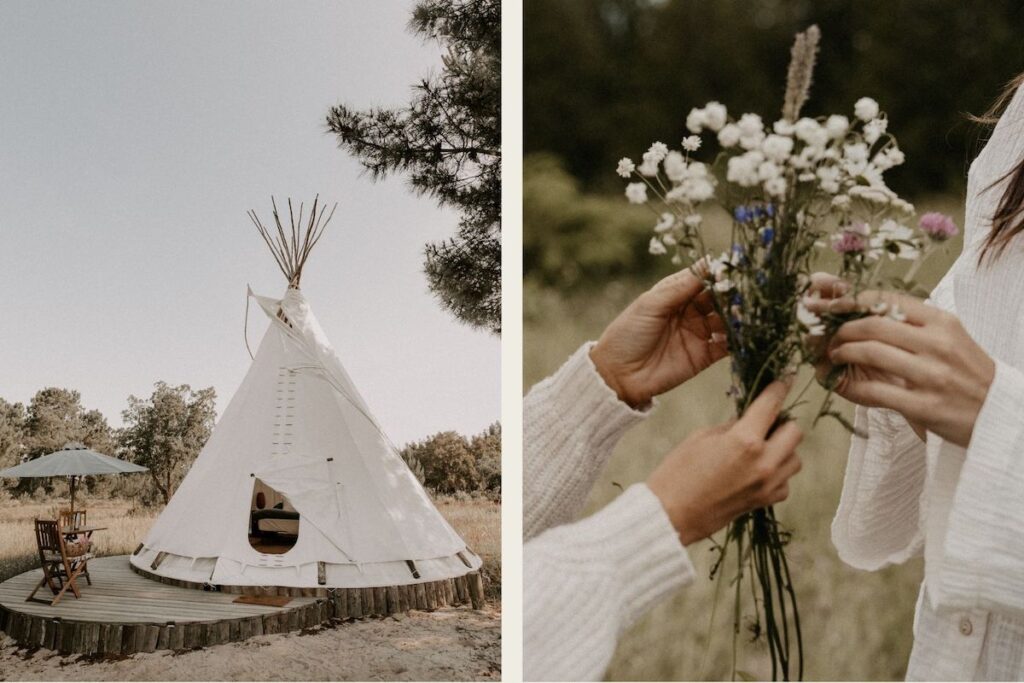

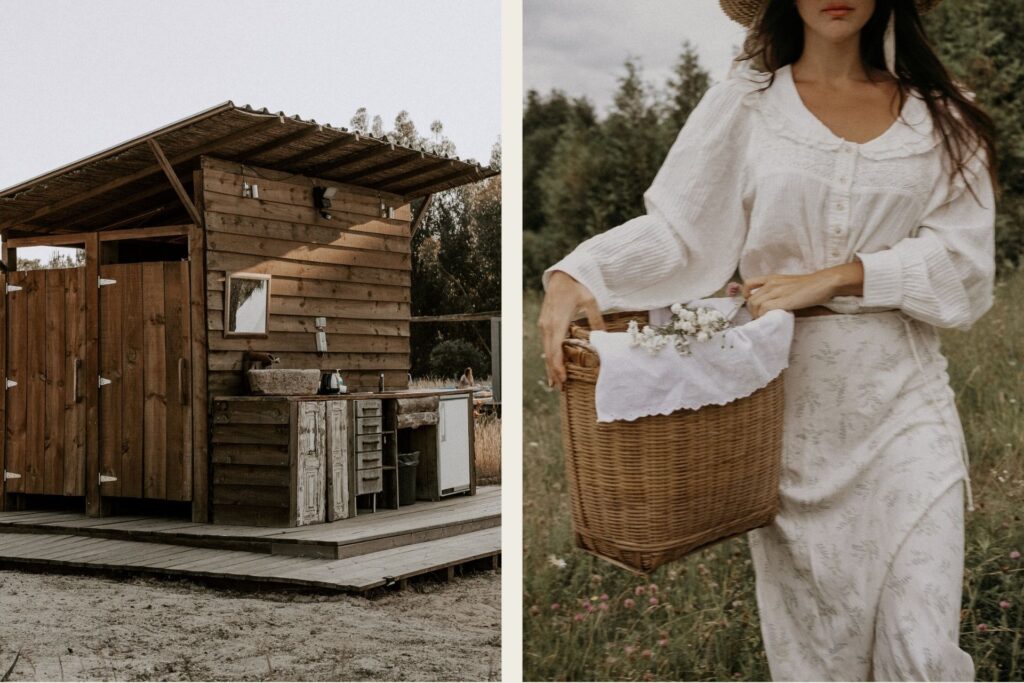
Starry Nights in a Tipi
Wanting to stay close to the beach while honoring Alentejo’s quiet spirit, I choose a place that matches the mood: Good Muda, a family-run farm tucked into the landscape. The property holds a few tipis, a yurt, and private studios. The land, vast and undisturbed, mirrors quiet truths I don’t realize I carry. I think I’ve come to escape noise, but really, I leave behind the racket within myself. Alentejo asks for nothing. And in that, I hear everything.
If I walk long enough, the land gives more. Red foxes dart through the underbrush. Dolphins rise from the sea, unannounced. I’m lucky enough to see them, entire families threading the waves just offshore. No boat tour. No binoculars. Just presence. Even with the beauty all around, the water, at 17°C, keeps my swims brief. Still, I wade in each morning, awake to the cold, alert to the day.
Closing the Gate
On my final day, I watch a woman sweep stone steps, humming. A rosemary-scented breeze passes between us. We wave. No words are needed. I come seeking quiet. I leave with stillness in my bones.
